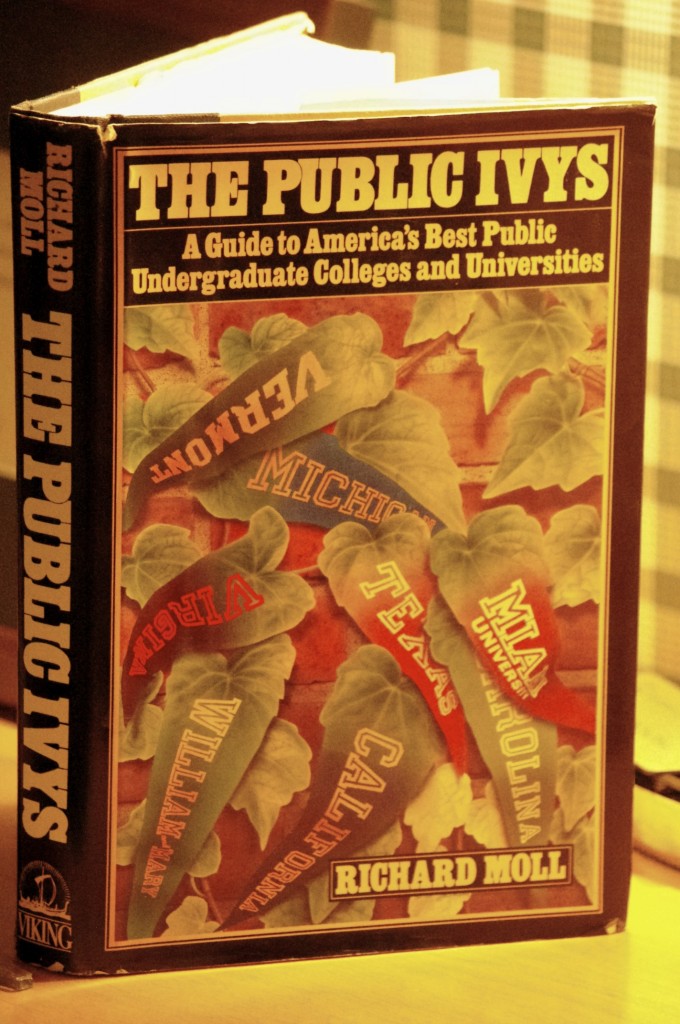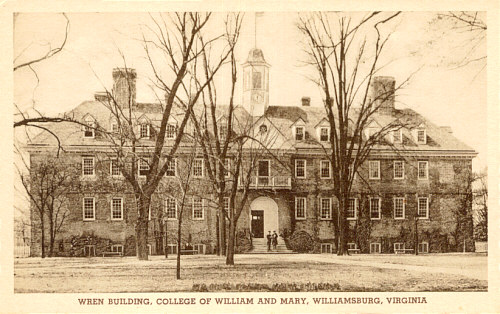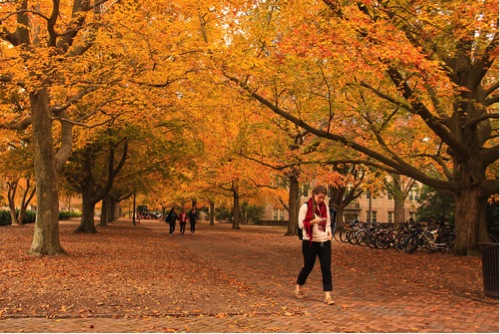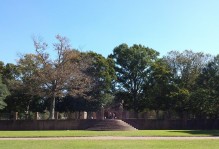Save Your Ivy, We Prefer Magnolia
26 years ago a book was published by Richard Moll, a former dean of admissions at UC Santa Cruz, Vassar, Bowdoin, Harvard and Yale. His seminal work, The Public Ivys, precipitated a movement that would catch the attention of the best and brightest of the nation’s college generation. In increasing numbers, these students would opt to matriculate at highly selective public universities rather than their private counterparts. Changing views of prestige were sweeping higher education at the time, and a small handful of public universities enjoyed a special vogue and reputation that Moll believed challenged the foundations of how we as a country viewed higher education.
The Public Ivys forever christened and profiled the nation’s eight preeminent public universities:
- College of William and Mary, Williamsburg
- University of California (Berkeley, Los Angeles, et al)
- University of Michigan, Ann Arbor
- University of North Carolina, Chapel Hill
- University of Vermont, Burlington
- University of Texas, Austin
- Miami University of Ohio
- University of Virginia, Charlottesville
William and Mary, however, has long since rid its buildings of the physical ivy that used to cover them, recognizing that our structures are far too ancient and valuable to have their bricks subjected to ivy growth. While ivy still creeps around the corners of ancient campus and other parts of the Colonial college, William and Mary has historically opted for the presence of towering southern magnolias and traditional Virginian oaks to populate the halcyon campus of a school that U.S. News and World Report styles “the best small public university in America.” In that sense, there’s mercifully little of what we might consider traditionally ivy about William and Mary at all: we’ve always preferred a good southern magnolia. They’re more handsome, provide better shade, flower beautifully and, most importantly, leave our ancient bricks alone.
The College, initially conceived before any other college or university in the nation, is singular in its place in American higher education. Namely, for starters, at the beginning of it all. While it hardly sits around and rests on its 318-year-old laurels, many of Moll’s observations from 26 years ago still ring true today. Founded by English sovereigns, surrounded by a sprawling living museum and situated at the forefront of the American experiment, despite comparisons W&M doesn’t “keep up with the Joneses.” It is the Joneses.
W&M Combines An Uncommon Setting….
- “That’s why every Mom and Dad would like to put their kid here: it’s Americana elegance, doggedly serious, highly selective – and, perhaps most important, it’s a nice place to visit.”
- “Its setting – in historic, charming Williamsburg – and its own lush campus of distinctive Colonial, Georgian and modern buildings, provide the stuff calendars are made of“
- “One cannot depart from William and Mary without paying final respects to the campus itself. Granted, ‘America’s most charming town’ sets the stage well, but the campus, on its own, is breathtaking. The huge, deep green magnolias sprinkled through the 1,200 acres; Lake Matoaka; the sunken garden in the Georgian section; the historic buildings in the Old Colonial section.”
….With an Unmatched Prestige and Feel:
- “William and Mary can make a good case for being the most selective public college in America“
- “It’s size is ideal, the envy of a good many prestigious private colleges.”
- “the very Ivy look, character and quality of this unique institution” allowed William and Mary to become “America’s best kept secret”
- “America, there really is an Ivory Tower”
When picking the ideal campus to spend the best four years of your life, consider this: there are few schools in the country that have roots as deep, walks as beautiful, herringbone bricks as uneven and vistas as green as William and Mary. While classes are important, no matter where you end up you’ll have to walk there. You might as well pick a place where even the walk frequently takes your breath away. Campus is a constant photo shoot that way.
As much as Moll might disagree, other (northern, private) schools without English royal charters can keep the caché of their ‘English’ ivy. At William and Mary, we’ll take elegant magnolias and handsome American oaks.
Hark Upon the Gale,
Brian ’11






No comments.
Comments are currently closed. Comments are closed on all posts older than one year, and for those in our archive.